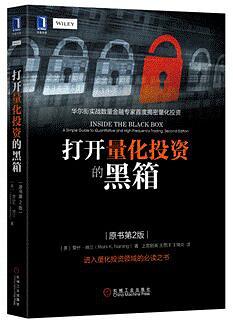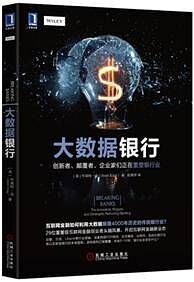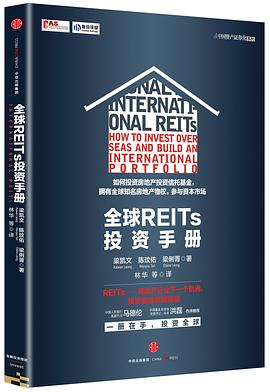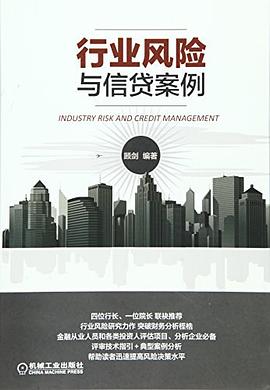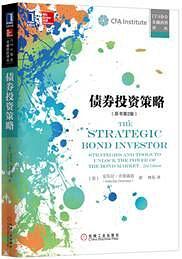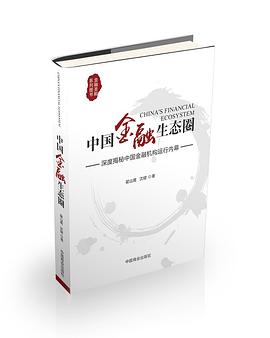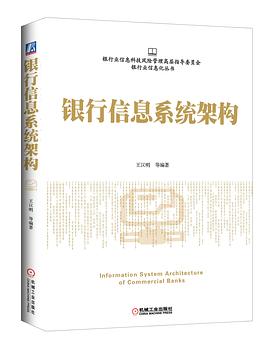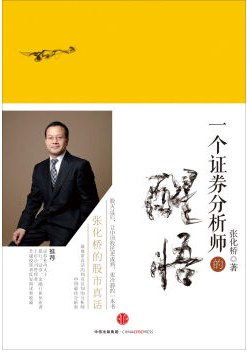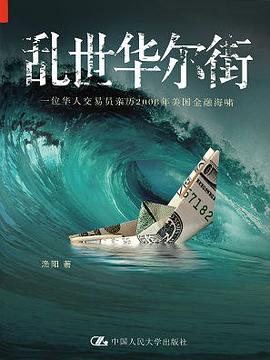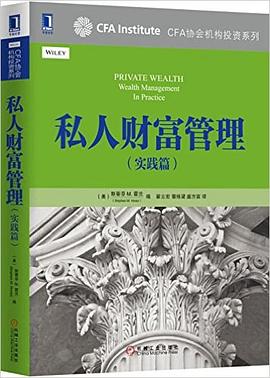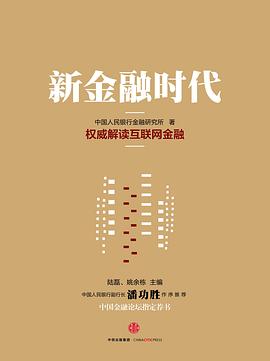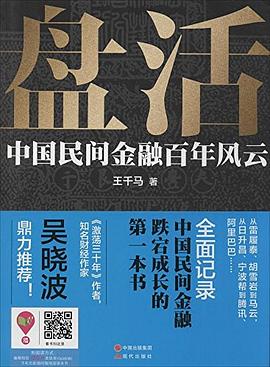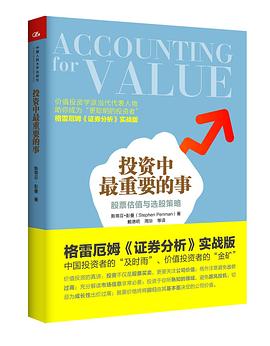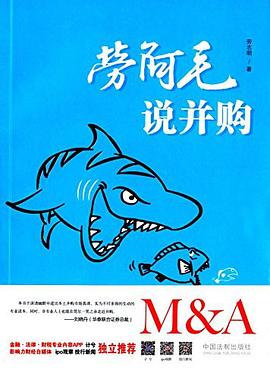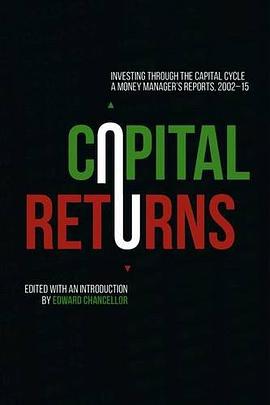

We live in an age of serial asset bubbles and spectacular busts. Economists, policymakers, central bankers and most people in the financial world have been blindsided by these busts, while investors have lost trillions. Economists argue that bubbles can only be spotted after they burst and that market moves are unpredictable. Yet Marathon Asset Management, a London-based investment firm managing over $50 billion of assets has developed a relatively simple method for identifying and potentially avoiding them: follow the money, or rather the trail of investment. Bubbles whether they affect a whole economy or merely a single industry, tend to attract a splurge of capital spending. Excessive investment drives down returns and leads inexorably to a bust. This was the case with both the technology bubble at the turn of the century and the US housing bubble which followed shortly after. More recently, vast sums have been invested in mining and energy. From an investor's perspective, the trick is to avoid investing in sectors, or markets, where investment spending is unduly elevated and competition is fierce, and to put one's money to work where capital expenditure is depressed, competitive conditions are more favourable and, as a result, prospective investment returns are higher. This capital cycle strategy encourages investors to eschew the simple 'growth' and 'value' dichotomy and identify firms that can deliver superior returns either because capital has been taken out of an industry, or because the business has strong barriers to entry (what Warren Buffett refers to as a 'moat'). Some of Marathon's most successful investments have come from obscure, sometimes niche operations whose businesses are protected from the destructive forces of the capital cycle. Capital Returns is a comprehensive introduction to the theory and practical implementation of the capital cycle approach to investment. Edited and with an introduction by Edward Chancellor, the book brings together 60 of the most insightful reports written between 2002 and 2014 by Marathon portfolio managers. Capital Returns provides key insights into the capital cycle strategy, all supported with real life examples from global brewers to the semiconductor industry - showing how this approach can be usefully applied to different industry conditions and how, prior to 2008, it helped protect assets from financial catastrophe. This book will be a welcome reference for serious investors who looking to maximise portfolio returns over the long run.
具体描述
读后感
2019年3月,吴小莉女士和曹德旺先生进行了一番对话。期间,吴问曹,现在经济回暖,是否看到了春天呢?曹回答说,都是人工吹起来的,你说是真的暖吗?你现在只是感觉有些冷,真正的冬天,还没有到来。 福耀玻璃恐怕是中国制造的良心,而曹德旺从80年代草创福耀一路走来,几乎每...
评分 评分 评分2019年3月,吴小莉女士和曹德旺先生进行了一番对话。期间,吴问曹,现在经济回暖,是否看到了春天呢?曹回答说,都是人工吹起来的,你说是真的暖吗?你现在只是感觉有些冷,真正的冬天,还没有到来。 福耀玻璃恐怕是中国制造的良心,而曹德旺从80年代草创福耀一路走来,几乎每...
评分用户评价
基于资本周期的投资
评分Marathon Asset Management 2002-2015年给投资者的信
评分很清晰的论述了资本流动对长期投资价值的影响,分享了Marathon的价值投资哲学,尤其是对于优秀公司管理层的认知。
评分Marathon Asset Management 2002-2015年给投资者的信
评分基于资本周期的投资
相关图书
本站所有内容均为互联网搜索引擎提供的公开搜索信息,本站不存储任何数据与内容,任何内容与数据均与本站无关,如有需要请联系相关搜索引擎包括但不限于百度,google,bing,sogou 等
© 2025 book.wenda123.org All Rights Reserved. 图书目录大全 版权所有

